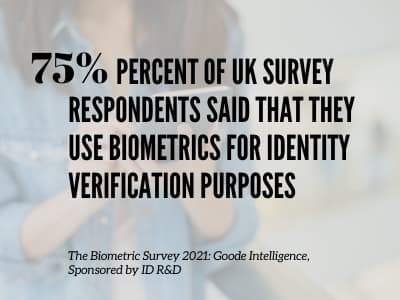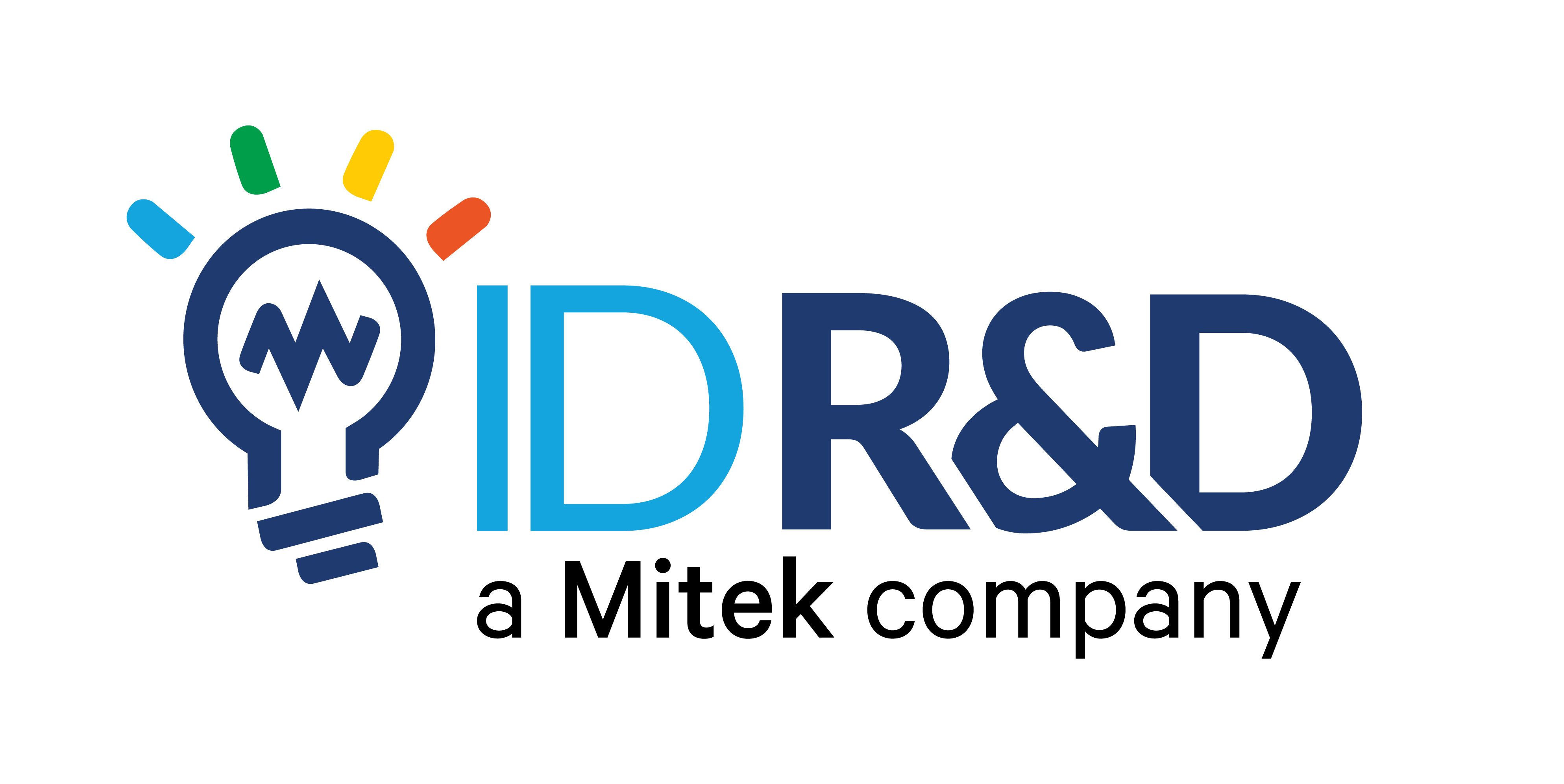By Alan Goode, CEO & Chief Analyst, Goode Intelligence
In just one year we’ve experienced 10 years’ worth of digital transformation. This startling insight which was recently shared by McKinsey highlights a monumental shift online during the Covid-19 pandemic. In the first half of 2020, the US saw an increase in e-commerce equivalent to that of the previous ten years. As businesses have taken their customer activities and conversations online, they need assurance that they are dealing with legitimate people — particularly with increased digital threats and attacks on digital platforms becoming commonplace. In the first half of 2020 alone, 22 percent of US Citizens were targeted for digital fraud, there was a 43 percent increase in Account Takeover (ATO) fraud, and in the UK there was a 400 percent increase in digital fraud reported.
This shift to digital presents significant challenges for organizations. In its “Customer service trends and predictions 2021” report, the UK’s Institute of Customer Service states that “in 2021 and beyond, online channels and applications will become even more important competitive environments for customer experience. Online customer engagement has intensified, including amongst many customers who did not previously buy from or interact with companies through online channels. As the Covid-19 environment evolves and forms of the new normal take shape, some of this shift to online will become habitual. For organisations, success will depend on delivering intuitive, straightforward customer journeys.” Our own research at Goode Intelligence shows that while customer experience was certainly important before the pandemic it is now of critical importance in a Covid-19 world. The high abandonment rates for onboarding and for eCommerce highlight consumer frustration with clunky, complicated onboarding and authentication methods… leading to the inevitable consequences of losing customers and sales.
 How can companies overcome these challenges to make sure they aren’t left behind? My first suggestion is to adopt a solution which delivers both customer convenience and a high level of security. The solution should combine biometric-powered identification, trusted document (government issued) authentication, and liveness detection. As well as providing a frictionless experience for the customer, identity verification and document authentication ensures that security is not compromised, thus meeting all the business requirements. In a recent biometric survey carried out by Goode Intelligence and commissioned by ID R&D, 75 percent of respondents from the UK said that they were using biometrics for identity verification purposes.
How can companies overcome these challenges to make sure they aren’t left behind? My first suggestion is to adopt a solution which delivers both customer convenience and a high level of security. The solution should combine biometric-powered identification, trusted document (government issued) authentication, and liveness detection. As well as providing a frictionless experience for the customer, identity verification and document authentication ensures that security is not compromised, thus meeting all the business requirements. In a recent biometric survey carried out by Goode Intelligence and commissioned by ID R&D, 75 percent of respondents from the UK said that they were using biometrics for identity verification purposes.
I recently spoke with Alexey Khitrov at ID R&D on precisely these points. He agreed that being able to onboard new customers remotely is essential as business models and customer behaviour evolve to adapt with the changing environment that the pandemic has brought. But, as he said, “remote onboarding of new customers comes with an increased risk of a fraudster spoofing the system. For example, many companies have implemented processes that incorporate facial recognition software. Customers take a selfie and that image is matched against the image on their government issued ID. Unfortunately, it’s possible for bad actors to spoof facial biometrics using high resolution cut outs, masks or video. Biometric matching is useless without knowing that the person being matched is a live person.” This is why the process of liveness detection is an important part of any biometric solution.
My second suggestion is that organisations don’t stop at just onboarding. Companies can additionally use the biometric data that has been collected during the onboarding process to create verified identity credentials. According to Alexey, “you can take advantage of the onboarding process by collecting the face biometric data or supporting enrolment of other biometric modalities such as voice, using a product like our IDVoice, to collect biometric data – with the user’s permission and in accordance with relevant data protection regulation such as GDPR. This adds less than 20 seconds to the process and you now have a second biometric modality for use in delivering highly secure and frictionless authentication.”
So, a solution like this can then be used effortlessly by the customer for frictionless authentication, meeting regulation requirements and resulting in a win-win situation for everyone. One less headache for businesses and consumers and more time to concentrate on all the other aspects that demand our attention right now.
